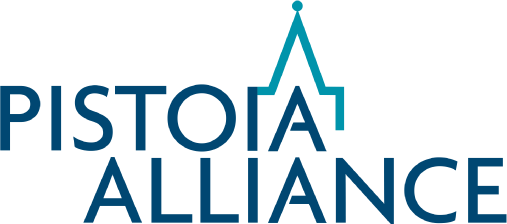Royal Society of Chemistry, London – 11th April 2018
45 delegates from 30 companies explored the dramatic increase in capability of NGS and its application to CDx. To lead the discussions 5 experts from 5 different domains had been assembled viz: pharma, sequencing quality assessment, notified bodies, regulatory agencies and CDX manufacturers and suppliers.

Here are the key points from the productive day:
- Pharma: getting a drug to market was difficult – say just a 3% chance – but understanding the underlying genomics made success twice as likely. As such, NGS and CDx were important.
- Quality: by sending test samples to testing labs, the performance of the testing labs could be assessed. Notified bodies were very interested in these performance tests and took them into account when considering quality assessments for CE marking.
- Notified Bodies need to become designated by an EU Competent Authority to perform CDx assessments. None have as yet been so designated. Most CDx would fall under EU 2017-746 IVDR Annex VIII Rule 3 and would be determined as class C devices and consequently require Notified Body certification. Once certified, there is an ongoing requirement for CDx performance monitoring and reporting.
- Regulatory Agency: the new EU IVDR has imposed significant emphasis on proving the scientific and technical integrity of CDx. By 2022 when the IVDR is put into full application, all existing CDx, and all new CDx , will need to be CE marked under the new regulations. This would put a significant onus onto the Notified Bodies.
- The CDx Development and Services providers needed to have in place a robust, standards-based quality management system. Key CDx activities could be broken down into Design Controls, Assay Development, Assay Software, Reagent and Control Manufacture and Regulatory Interaction. NGS assays needed to be validated – but as yet, there was no consensus-based standard way for doing that.
The meeting came to a close after several discussion groups had identified the need for enhanced education and training in the:
- rapidly changing NGS technologies,
- new developments in bioinformatics (such as containerized software solutions),
- roles of quality assessment, regulators and notified bodies in helping users to implement these technologies for precision medicine.
Furthermore, a need was identified to:
- Define standards for data, reference genomes, reference materials and QMS,
- define some standards for data formats (eg, VCF for regulated applications),
- define ways to standardize tools (eg, BWA, GATK), pipelines and processes (eg, containerized tools or workflows) for regulatory applications,
- identify commonalities and differences between research and clinical data analysis standards, with the goal of aligning them as much as possible, and
- discuss how changes to these processes may impact ethical issues, such as changes to consent and/or data sharing.
The workshop closed with a short networking reception and a common commitment to purse these ideas.
 Further information about the project and the speaker’s presentations can be found at https://ip3.pistoiaalliance.org/subdomain/main/end/node/1852
Further information about the project and the speaker’s presentations can be found at https://ip3.pistoiaalliance.org/subdomain/main/end/node/1852
